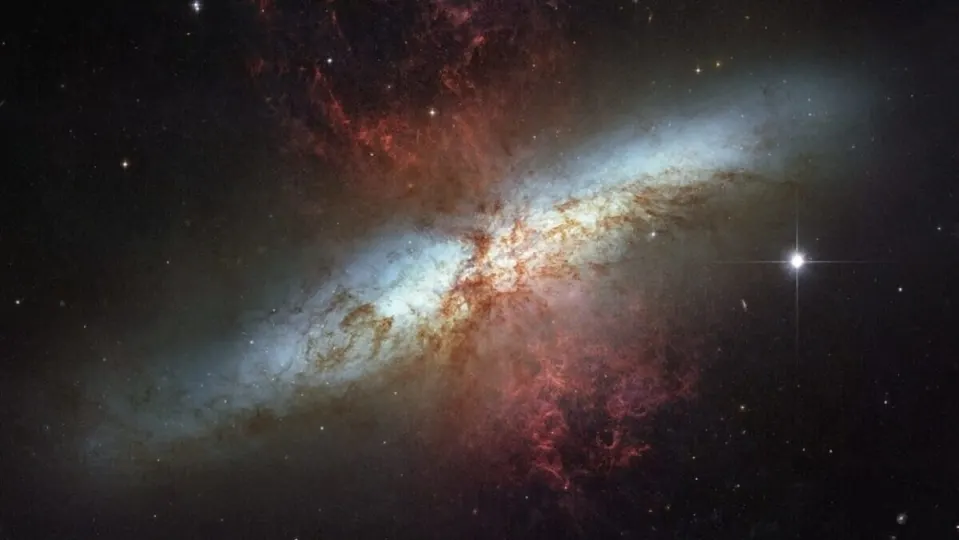The universe is a marvelous place where everything happens everywhere at the same time. It is so mysterious and vast that humanity has been obsessed with it since we began to reason… thousands of years ago.
As the aerospace industry prepares for more launches this year, the National Aeronautics and Space Administration (NASA) is busy turning light into sound.
NASA has several telescopes that allow them to see billions of light-years away, and astronomers tirelessly scan the skies every day to understand the universe.
Turning light into sound
Now, bolstered by the new James Webb Space Telescope, the space agency has begun to convert the visual data from various telescopes into sound, aiming to gain a better understanding of the structures of the galaxies and stars they study.
These sounds depend on the characteristics of the objects being studied and often represent a combined set of data from multiple telescopes.
The space agency has shared three sets of sonifications that represent the visual data captured from distant galaxies and stellar systems.
These data encompass a range of phenomena, from a collection of multiple galaxies moving around each other to stars that are kept close to each other due to their gravitational attraction.
The systems and galaxies undergoing the conversion from light to sound include the Messier 104 galaxy (also known as the Sombrero Galaxy) and the stellar systems Stephan’s Quintet and R Aquarii.
R Aquarii is the closest one to Earth, located just 652 light-years away. In the cosmic scale of things, where NASA has studied objects billions of light-years away from Earth, this is practically a neighboring system.
These sonifications vary with the brightness of light and the distance of the observer from the center of the objects. This causes the sound to vary in volume and pitch as the cursor moves through the set of images, and the volume and pitch increase when the light intensifies or the image becomes denser.
Some of the links added in the article are part of affiliate campaigns and may represent benefits for Softonic.


